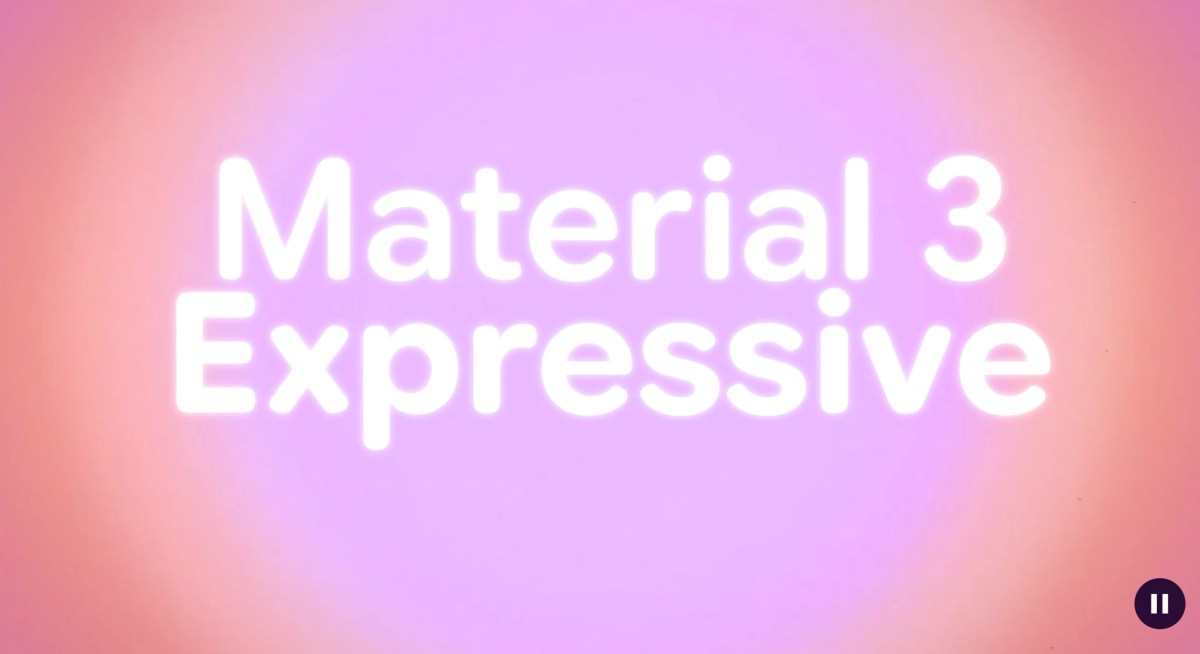Google accidentally reveals details about its new Android design language, Material 3 Expressive

Google will unveil a new version of its Android design language at its upcoming Google I/O developer conference, according to an event schedule posted to its website as well as an accidentally published Google blog post. The I/O session title hints at significant changes in store for Android’s design system, which will evolve from “Material 3” to “Material Design 3 Expressive.” The leaked blog post indicates that Google’s updated design will focus on creating interfaces that “connect with people on an emotional level.”
Design system updates like this influence how app developers build for the platform and customize their experiences for users, affecting the overall feel of what it’s like to use an Android device.
While still little is known about the specifics of how Material 3 Expressive will be implemented, the blog post offered some high-level details, like how the new system is characterized by “bold use of shape and color — creating delightful user experiences.”
First introduced in 2014, Material Design is Google’s open source design system that details how to create user interfaces for Android applications, including in areas like visual, motion, and interaction design. The system’s next biggest update was revealed in May 2021 as “Material You” (also known as Material 3), offering an adaptive interface that allowed users to personalize the Android interface in new ways. For instance, if you updated your Android wallpaper, the entire Android experience would also update to match its color scheme.
Material 3 Expressive may not be as big an overhaul, but an iteration on the Material You language.
The leaked blog post focused more on the research and reasoning behind the update, noting how people tended to prefer a more expressive design that improves usability when studied. This type of design draws attention to key elements and important user actions, Google noted, leading to “significant gains in performance.”
Of note, the company said this type of design also makes using apps easier for older adults, essentially leveling the playing field for users of all ages.
Techcrunch event
Berkeley, CA
|
June 5
BOOK NOW
However, Google pointed out that expressive design isn’t necessarily a “one-size fits all solution,” and different app makers will still need to respect other well-established design patterns and standards when customizing their app’s interface.

Google’s blog post was first spotted by 9to5Google and has since been saved by the Wayback Machine. Though the company quickly pulled the post down, the I/O session titled “Build next-level UX with Material 3 Expressive” shows that Google is poised to reveal the updated design system later this month at its developer conference.
According to the session’s description, developers at I/O will learn to use “new emotional design patterns” to boost engagement, usability, and desire for their product. The company also plans on sharing files and alpha code at that time, so developers can begin to experiment with the changes ahead of a public release.


